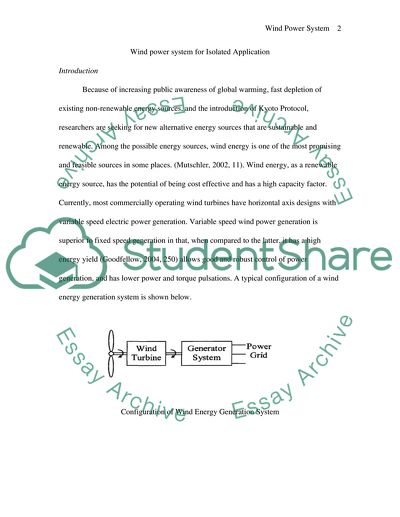Cite this document
(Wind Power System for Isolated Applications Research Paper, n.d.)
Wind Power System for Isolated Applications Research Paper. Retrieved from https://studentshare.org/physics/1735417-wind-power-system-for-isolated-applications
Wind Power System for Isolated Applications Research Paper. Retrieved from https://studentshare.org/physics/1735417-wind-power-system-for-isolated-applications
(Wind Power System for Isolated Applications Research Paper)
Wind Power System for Isolated Applications Research Paper. https://studentshare.org/physics/1735417-wind-power-system-for-isolated-applications.
Wind Power System for Isolated Applications Research Paper. https://studentshare.org/physics/1735417-wind-power-system-for-isolated-applications.
“Wind Power System for Isolated Applications Research Paper”, n.d. https://studentshare.org/physics/1735417-wind-power-system-for-isolated-applications.


